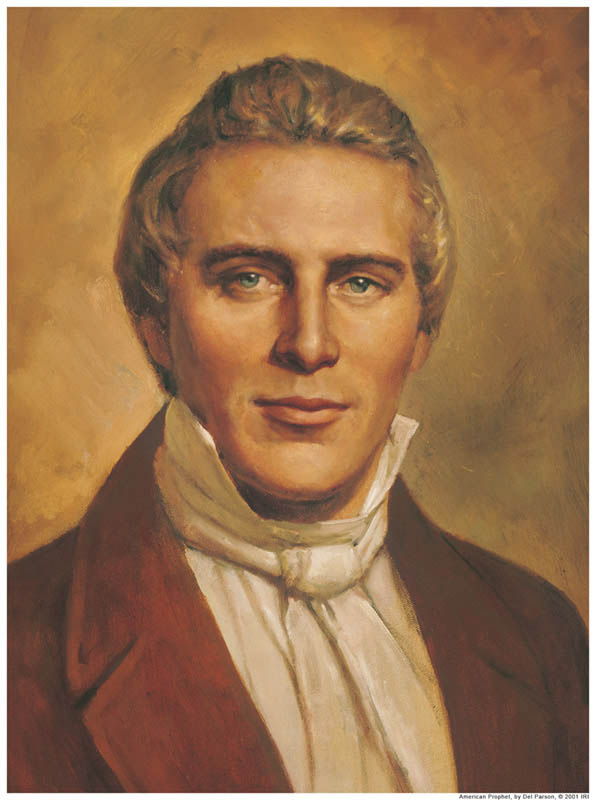Joseph Smith’s father, Joseph Smith Sr., was a man of deep honor and pride. More than once in his life he was taken advantage of, but he always managed to cover his debts, whatever the personal cost. Early in Joseph Smith Sr.’s marriage to Lucy Mack Smith, he learned that ginseng root was prized in China. This root grew wild in Vermont, so Joseph used the opportunity to invest in ginseng.
 By this time, Joseph had already been the victim of a series of financial setbacks, and he looked at the opportunity of investing in ginseng as a sure way of ending that series of bad luck. After he worked hard to obtain a substantial amount of the root, he was offered $3,000 for his crop by a Mr. Stevens who resided in Royalton, which offer Joseph declined, expecting to get more elsewhere.
By this time, Joseph had already been the victim of a series of financial setbacks, and he looked at the opportunity of investing in ginseng as a sure way of ending that series of bad luck. After he worked hard to obtain a substantial amount of the root, he was offered $3,000 for his crop by a Mr. Stevens who resided in Royalton, which offer Joseph declined, expecting to get more elsewhere.
Joseph travelled to New York to arrange for the shipment of his product, but Mr. Stevens followed him to find out on which ship Joseph had placed his ginseng. Then Mr. Stevens sent his son to represent himself as well as Joseph in selling the ginseng, unbeknownst to Joseph. Mr. Stevens’ son sold the ginseng at a good profit, but lied about how much he had received for the product, and gave Joseph only a chest of tea in return. After Joseph discovered Stevens’ deception, Stevens fled to Canada with the money. His desertion left Joseph with an $1800 debt. Joseph was forced to sell his farm, which was worth $1500, for a mere $800 to help cover the debt. Lucy then had to sacrificed the $1000 she had received as a wedding present to cover the rest. This covered the Smiths’ debt, but left them with nothing.
Despite several hardships such as this, Joseph Smith Sr. and his wife, Lucy, never despaired. They always trusted in the Lord and had faith that things would work out for them, which they always did, though perhaps not in the way they would have chosen. It is little wonder that two such wonderful and faithful people were chosen to be the parents of the Lord’s chosen prophet in the latter-days.
Twitter •


 Watch a video about the restoration of the gospel on lds.org
Watch a video about the restoration of the gospel on lds.org
Trackbacks/Pingbacks